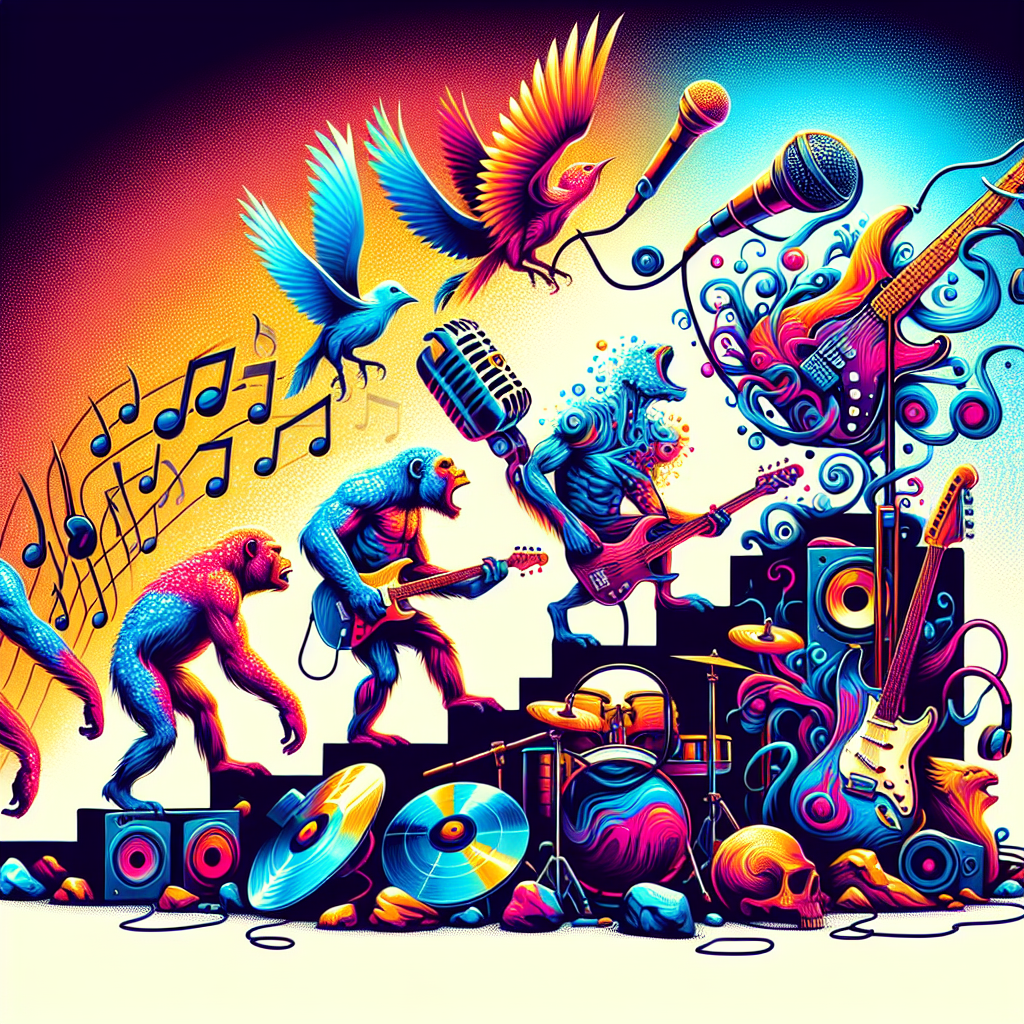Latin music pulsates with a vibrant energy that takes over the senses. From the sleek salsa to the rhythm-filled reggaeton, Latin music boasts a variety of styles that captivate listeners worldwide. One style, in particular, that embodies the spirit of Latin music is the energetic Merengue.
Origins of Merengue
Merengue originated from the Dominican Republic in the 19th century and is often regarded as its national dance and music. As folklore goes, the dance beat hints at the movements of a limping revolutionary war hero, eliciting sympathy and respect. Over the years, Merengue has remained a favourite, highlighting the resilience, energy, and heart of the Dominican people.
Instruments and Rhythms
The Merengue encapsulates a range of instruments, primarily the accordion, the tambora, and the güira. The accordion lays down the melodic base, the tambora provides the rhythm, and the güira adds a sharp, brushed rhythm atop the ensemble, creating a vibrant soundscape. Merengue rhythms are complex, but their high energy and infectious beat encourage dancing and enjoyment.
Variations of Merengue
Embracing its versatility, Merengue has evolved into various styles, the main ones being Merengue típico, and Merengue de orquesta. Merengue típico, also known as Perico ripiao, is the oldest style involving traditional instruments like the accordion. Merengue de orquesta incorporates modern instruments, including brass and electronic devices, offering a unique blend of traditional and contemporary tones.
The Impact of Merengue
Merengue’s vibrancy and cultural richness have led to its global recognizability. The UNESCO recognized Merengue as “Intangible Cultural Heritage of Humanity” in 2016, signifying its integral role in Latin music and cultural heritage.
The Dance of Merengue
Merengue isn’t just a music genre; it’s also a dance style flaunting flair and rhythm. The steps synchronize with the music, grounded in a 2/4 beat, making it accessible for beginners. Basic steps for the merengue include a simple side-to-side movement, while more advanced dancers often introduce spins, dips, and turns to their routine.
Merengue in Pop Culture
Merengue’s popularity transcends concerts and dance halls, finding a place in pop culture. Don Omar’s hit song “Danza Kuduro” and Elvis Crespo’s “Suavemente” are celebrated examples.
Conclusion
Merengue is the epitome of Latin music, offering an exhilarating blend of dynamic rhythms, effervescent melodies, and engaging dance movements. Its infectious vitality continues to capture imaginations globally, celebrating the resilience and spirit of the Dominican Republic. The melody of Merengue resonates with an outpouring of joy, inviting everyone to tap their feet and shake their hips to its contagious beat.
Frequently Asked Questions
- Q1: Where did Merengue originate?
A1: Merengue originated from the Dominican Republic in the 19th century. - Q2: Which instruments are used in Merengue?
A2: The primary instruments used in Merengue are the accordion, the tambora, and the güira. - Q3: What are the main variations of Merengue?
A3: The main variations are Merengue típico, and Merengue de orquesta. - Q4: How does the dance of Merengue go?
A4: Basic steps for the merengue include a simple side-to-side movement. More experienced dancers often introduce spins, dips, and turns to their routine. - Q5: How has Merengue influenced pop culture?
A5: Merengue has influenced pop culture through various hit songs like Don Omar’s “Danza Kuduro” and Elvis Crespo’s “Suavemente”.




